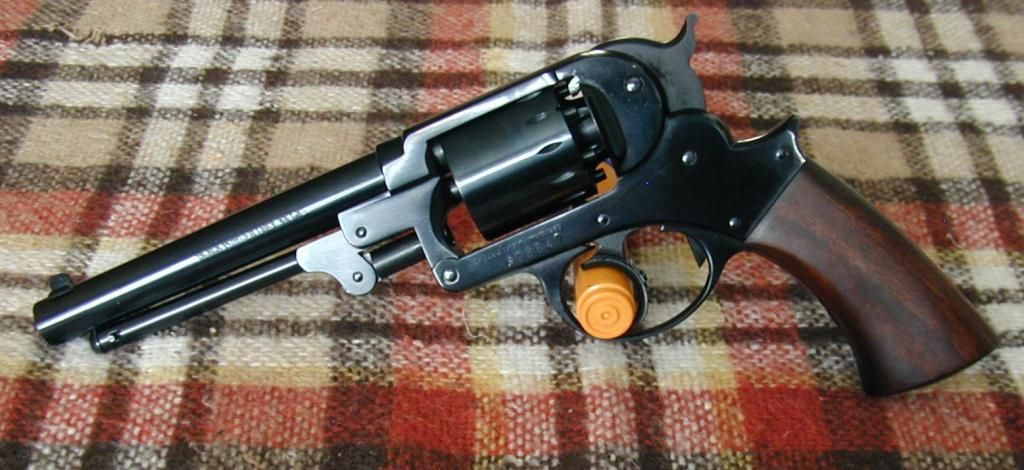Millermpls
40 Cal.
- Joined
- Jan 1, 2014
- Messages
- 128
- Reaction score
- 0
Just received a new Starr repro. Does anyone have first hand knowledge? Action will be fine for a few pulls, then the trigger will lock up, or seemingly fail to reset. The consequence is that you cannot advance the cylinder, or even put to half cock to freewheel rotate.
This is just too unreliable, even for the range. Any advice is appreciated.
History of the original included unreliability, was this 'feature' built-in to these reproductions? :youcrazy:
This is just too unreliable, even for the range. Any advice is appreciated.
History of the original included unreliability, was this 'feature' built-in to these reproductions? :youcrazy:






